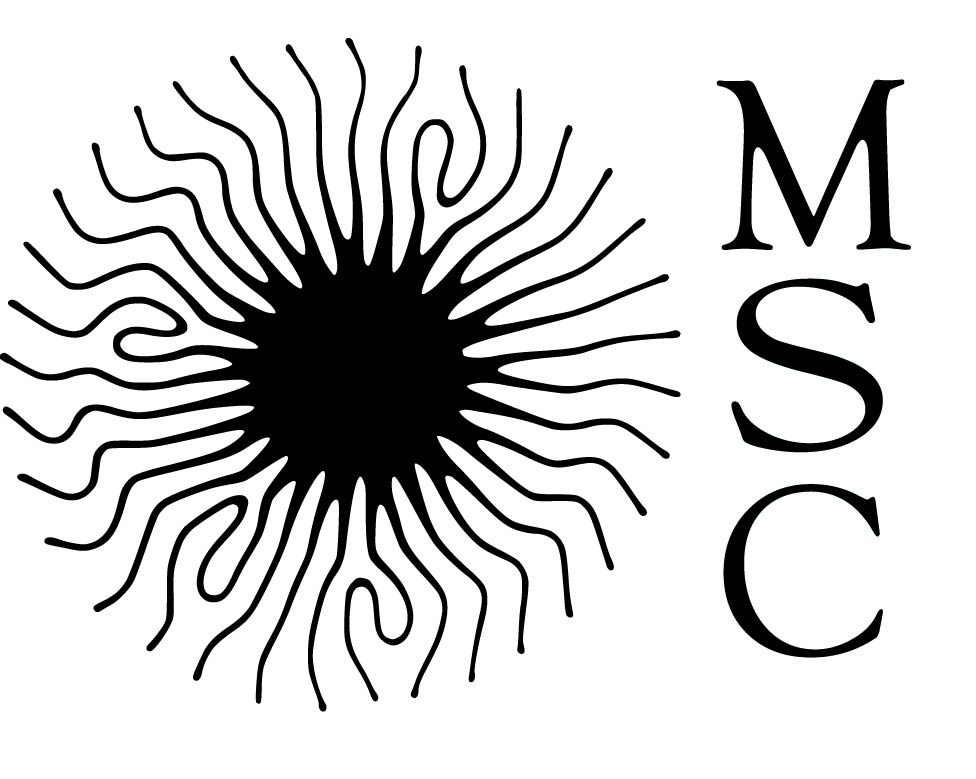

Eric BUHLER
Professeur des universités - Université Paris Cité
01 57 27 61 39
Bâtiment : Condorcet - 812A
![]()
Eric Buhler est Professeur de physique à l’Université Paris Cité depuis 2006. Il a obtenu sa thèse de doctorat en 1996 à l’Université de Strasbourg puis a travaillé 2 années comme post-doctorant aux Etats-Unis à l’Université de Chapel Hill avant d’obtenir un poste d’enseignant-chercheur à l’Université de Grenoble en 1998. Il a également bénéficié d’une délégation au CNRS entre 2002 et 2004 au sein du laboratoire Charles Coulomb de Montpellier. Ses recherches portent sur les auto-assemblages supramoléculaires intelligents présentant des caractéristiques stimuli-adaptatives sondées sur plusieurs échelles grâce à la diffusion du rayonnement (lumière, neutrons, rayons X), les complexes électrostatiques nanoparticules-polyélectrolytes et les polymères dynamiques. Une activité centrale concerne la matière active, en particulier la dynamique de nanostructures auto-propulsées suivie par corrélation optique hétérodyne.
![]()
Eric Buhler joins the Université Paris Cité in 2006, where he currently holds a Full Professor position in soft condensed matter Physics. In 1996, he received his Ph.D. degree in physics at the University of Strasbourg investigating the structural and dynamical properties of wormlike micelles. He subsequently obtained a 2 years postdoctoral position at the University of North Carolina at Chapel Hill (USA), where he studied the structural behavior of copolymers in supercritical carbon dioxide using scattering techniques. In 1998, he joined the University of Grenoble, where he obtained a professor position (1998-2006). He spent 2 years (2002-2004) at the Charles Coulomb Institute of Montpellier as a Visiting Professor. His research focuses on the structure and dynamics of responsive supramolecular self-assemblies and networks, nanoparticle-polyelectrolyte complexes (probed by neutron, X-ray, and light scattering). Another major activity is dedicated to active matter, and in particular to the dynamics of self-propelled nanostructures probed using heterodyne optical correlation.
